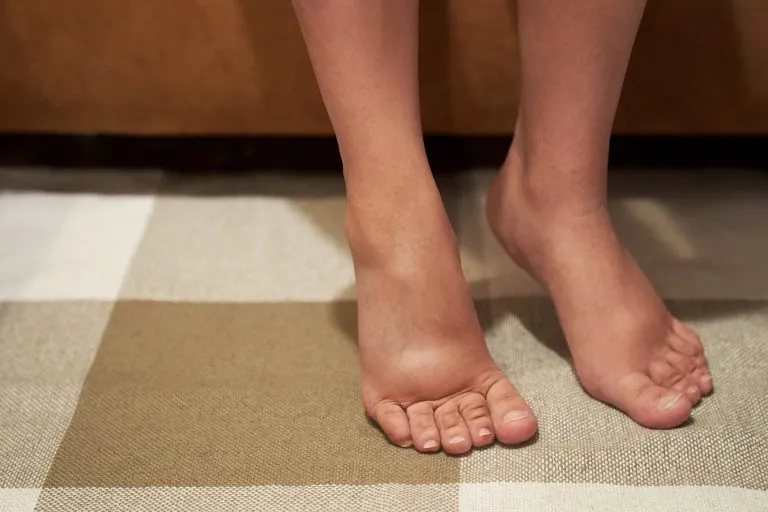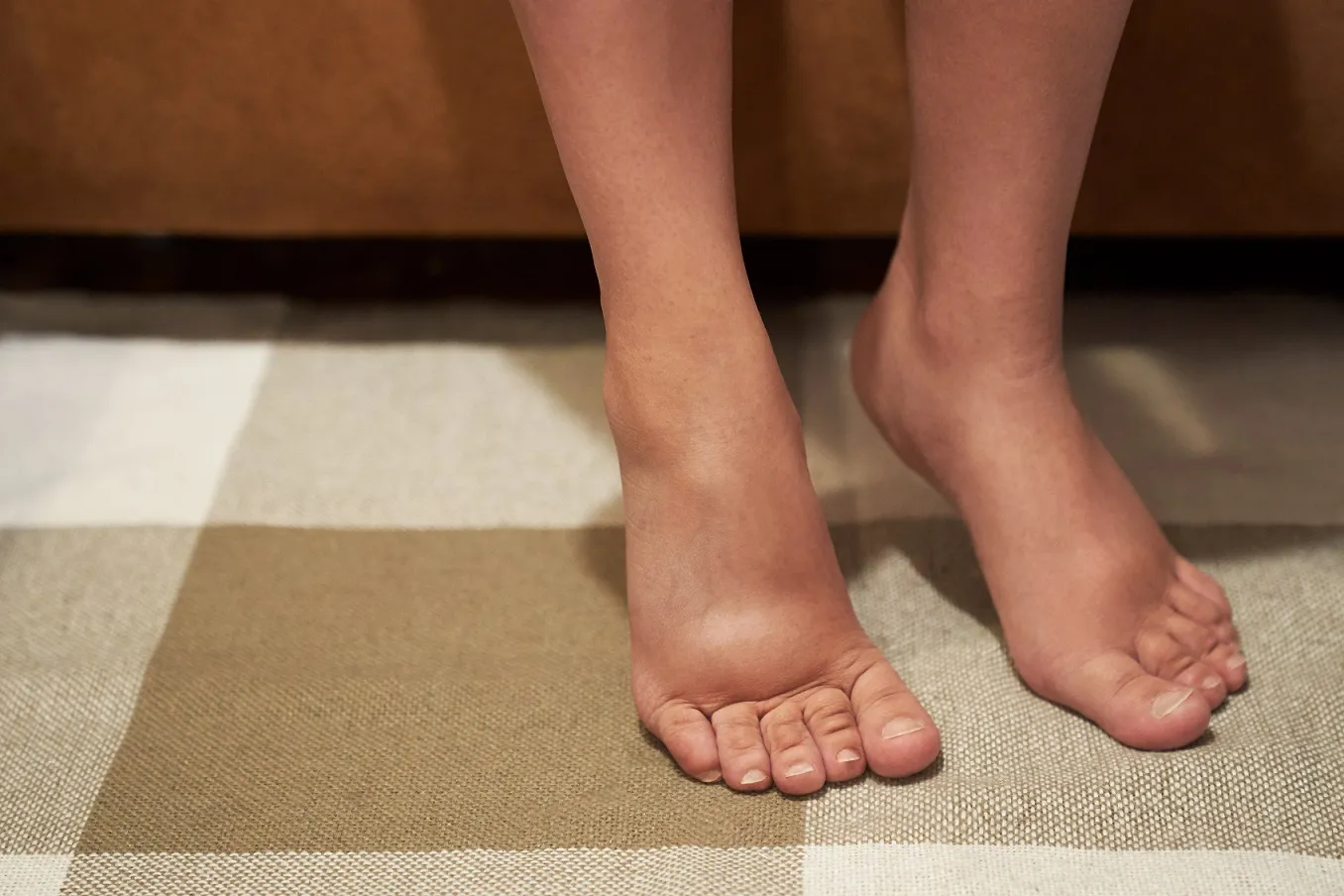Many pregnant women notice the appearance of swelling around the ankles and general swelling of the body. In most cases, it is related to the physiological changes that occur in a woman's body during pregnancy. However, there are situations in which the appearance of swelling should particularly worry the pregnant woman. What are the causes of swelling in pregnancy?
Swelling during pregnancy – causes
In most pregnant women, the appearance of edema is related to the natural and physiological changes that take place during pregnancy. One of them is the increased volume of circulating blood in the pregnant woman’s body. This is primarily due to increased water retention, and therefore water retention in the female body. The whole process begins already in the first trimester of pregnancy, when the volume of circulating blood, compared to the state before pregnancy, increases by about. 10-15%. Peaks are usually reached between 28. a 34. week of pregnancy, when the percentage reaches almost 50% remaining unchanged until delivery. Moreover, hormones such as progesterone and estrogen also play an important role. They are the ones that affect the permeability of blood vessels, thus causing the potential occurrence of edema. The sheer increase in the size of the uterus, which occupies a larger portion of the abdominal cavity, is also not without influence. This is because, due to its size, it compresses the surrounding venous vessels draining blood from the lower extremities. Obstructed drainage from this area also contributes to swelling.
Swelling in pregnancy – when should it worry you
Swelling, while mostly associated with physiological changes, can sometimes result from abnormal pregnancy development. Of particular concern is the presence of so-called pre-eclampsia, or preeclampsia, which, if incorrectly treated or undiagnosed, poses a real threat to a woman’s life and the maintenance of pregnancy. In its course, two co-occurring pathologies are most often noted – hypertension and proteinuria after 20. One week of pregnancy. A significant increase in edema in the course of preeclampsia may indicate poorly controlled blood pressure, and also suggest abnormal functioning of the kidneys. It is noteworthy that among the diagnostic criteria for preeclampsia, renal damage not present before pregnancy associated with elevated creatinine levels is also mentioned. Therefore, according to PTGiP recommendations, every pregnant woman should perform a general urine test once a month in which, among other things. proteinuria is assessed, and blood pressure should be measured by the pregnancy doctor at each follow-up visit.
How to deal with swelling during pregnancy?
To reduce swelling in pregnancy it is worth following a few simple rules:
- In case of severe swelling, it is advisable to rest and sleep with the limbs elevated
- Footwear should fit and not put pressure on the foot.
- It is necessary to ensure a proper and balanced diet, as well as adequate hydration, especially during the summer.
- Periodically, it’s a good idea to apply cool compresses to the feet and lower legs.
Rate this article:












